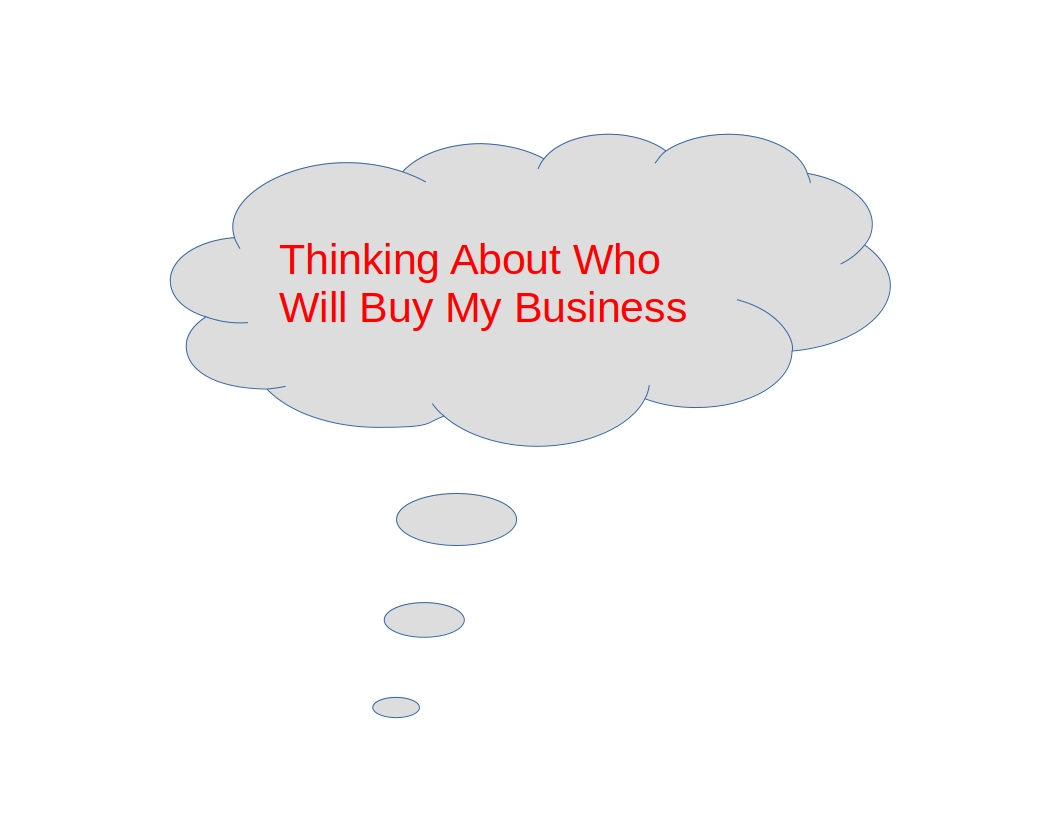No one said it would be easy. If you are the owner of an interest in a business which has become profitable, you and your team have done something right and it probably was not easy. Moreover, it will not be easy to keep your business profitable.
What follows is a chart for the failure rate year by year from a LendingTree analysis of U.S. Bureau of Labor Statistics data (https://www.lendingtree.com/business/small/failure-rate/).
| Time Frame | Percentage of Failure |
|---|---|
| Within 1 year | 23.2% |
| After 2 years | 32.8% |
| After 3 years | 36.2% |
| After 4 years | 43.2% |
| After 5 years | 48.0% |
| After 6 years | 52.9% |
| After 7 years | 56.6% |
| After 8 years | 59.6% |
| After 9 years | 62.2% |
| After 10 years | 65.3% |
The five- and 10-year business failure rates respectively are that 48.0% and 65.3% of businesses fail. So even if you survive the first years and become profitable, it does not get easier. For the continuity of a business after profitability several things should align, a group decision-making process continuing to produce good decisions, owner-managers delegating management functions more and more as the business grows, and the strategy of the owners consistently being expressed in a business plan which is executed and revised on a continuum.
The longer the business operates profitably, the more it increases in value. At the point of consistent profitability the owners’ strategy should focus beyond profitability to deriving the maximum value from the business. The wealth-building event that transfers the maximum value from the business risk of owning a business to the relatively lower risk of having that value in personal investment assets is a sale of the business to a third-party buyer.
The Prior Diligence strategy is the process a business owner utilizes for deriving maximum value from a business sale. It is the seller’s preparation for the buyer’s due diligence, which is the buyer’s investigation of the business as a part of the sale process. Prior Diligence involves planning done through group decision-making by documenting in writing the decisions of a policy-making group. The plans, strategic and operational, include the setting of goals, performance measurement, and incentive systems linked to value creation. The plans are dynamic and subject to constant revision. Prior Diligence installs processes that encourage managers and employees to act to maximize the value of the business with a philosophy of managing the business to sell the business.
There are requisite components which must be in place to derive maximum value from a business interest. The owner of the business interest must perceive and anticipate the inevitable separation of the owner from the business interest. There should be co-owners who each understand the benefits of co-ownership of a business. Majority ownership control can be maintained while obtaining the benefit of group decision-making. The value of each owner’s interest is insured by buy-sell provisions in an owner agreement. The value of a business interest owner to owner (fair value) should be understood to be different from the owner’s share of the market value of the business. To obtain maximum value for a business there must be a sale to an unrelated third-party where no owner’s participation in the business is deemed essential to the success of the business.
Accomplishing the maximum, as in being the best, is not always obtainable, but no one said it would be easy. The maximum is a worthwhile goal. What is obtained by striving for the maximum will bring better results than if the effort to obtain the maximum were not made.
No one said it would be easy. Resolve that no matter how you are separated from your business interest, the maximum possible value of that interest will go to your heirs as your legacy. If you make that resolve in good faith, you have established the first component. Keep going. If you do not have co-owners, contemplate reasonable ways to obtain co-owners without losing legal control. With your co-owners, negotiate and create a contingency succession plan with basic buy-sell provisions. Endeavor to understand and utilize the dimensions of group decision-making and how that planning activity can cause execution of planning to make the business more viable. Start discussing the value of the business and the differences that exist between the amounts owners pay one another for interests in the business and the amount an unrelated third-party might pay for the business interest.
My name is Rick Riebesell and I am principal consultant of Business Transition Consulting (https://btcllc.net) and author of the blog Business Concern (https://businessconcern.net). For a business owner wanting to implement the Prior Diligence strategy, I write a Substack called Owning a Business (https://rickriebesell.substack.com) with an archive of information about the Prior Diligence strategy and through the chat process providing a dialogue with me and other business owners about the business ownership experience. Thanks for your attention.




